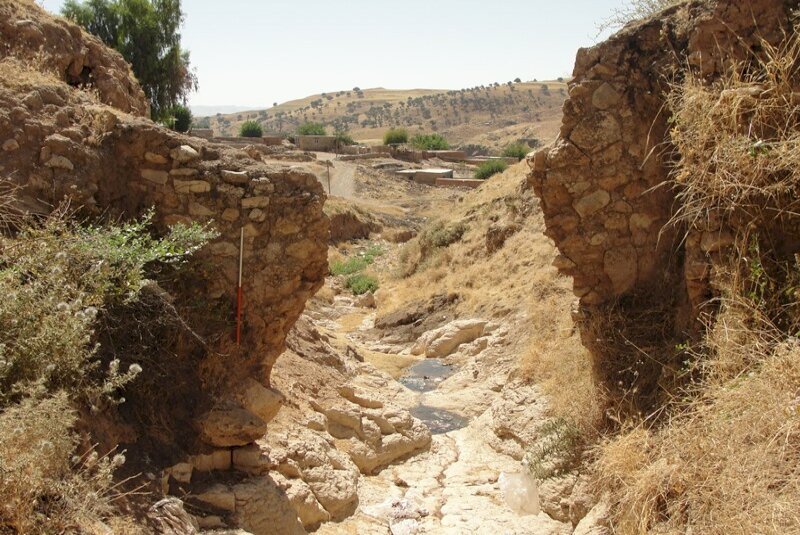Iran (IMNA) - Situated in modern Ilam province, Sirvan was once one of the most important and prosperous Iranian cities in the Sassanid period (224–651).
A sum of three billion rials (about $71,000 at the official exchange rate of 42,000 rials per dollar) was spent on the restoration project, provincial tourism chief Abdolmalek Shanbehzadeh said on July 20, CHTN reported.
“We hope to be good custodians of cultural heritage and pass it on to future generations as part of our enduring culture,” the official said.
Sirvan is home to the ruined bridges, roads, yards, numerous castles, and fortresses, amongst other ancient settlements.
The under-the-radar province is making its best to grow into a major travel destination for both domestic and international holidaymakers, sightseers, history buffs, and nature lovers.
The Sassanid era is of very high importance in the history of Iran. Experts believe during the Sassanid era the art and architecture of the nation experienced a general renaissance. In that era, crafts such as metalwork and gem-engraving grew highly sophisticated, as scholarship was encouraged by the state; many works from both the East and West were translated into Pahlavi, the official language of the Sassanians.
The Sassanid archaeological landscape also represents a highly efficient system of land use and strategic utilization of natural topography in the creation of the earliest cultural centers of the Sassanid civilization.
In 2018, UNESCO added an ensemble of Sassanian historical cities in southern Iran -- titled “Sassanid Archaeological Landscape of Fars Region”-- to its World Heritage list. The ensemble is comprised of eight archaeological sites situated in three geographical parts of Firuzabad, Bishapur, and Sarvestan. It reflects the optimized utilization of natural topography and bears witness to the influence of Achaemenid and Parthian cultural traditions and of Roman art, which later had a significant impact on the architecture and artistic styles of the Islamic era.
The dynasty evolved by Ardashir I and was destroyed by the Arabs during the period of 637 to 651. The dynasty was named after Sasan, an ancestor of Ardashir I. Under his leadership who reigned from 224 to 241, the Sassanians overthrew the Parthians and created an empire that was constantly changing in size as it reacted to Rome and Byzantium to the west and the Kushans and Hephthalites to the east, according to Britannica Encyclopedia.
At the time of Shapur I (reigned 241 CE–272), the empire stretched from Sogdiana and Iberia (Georgia) in the north to the Mazun region of Arabia in the south; in the east, it extended to the Indus River and in the west to the upper Tigris and Euphrates river valleys.

Tehrantimes


Your Comment